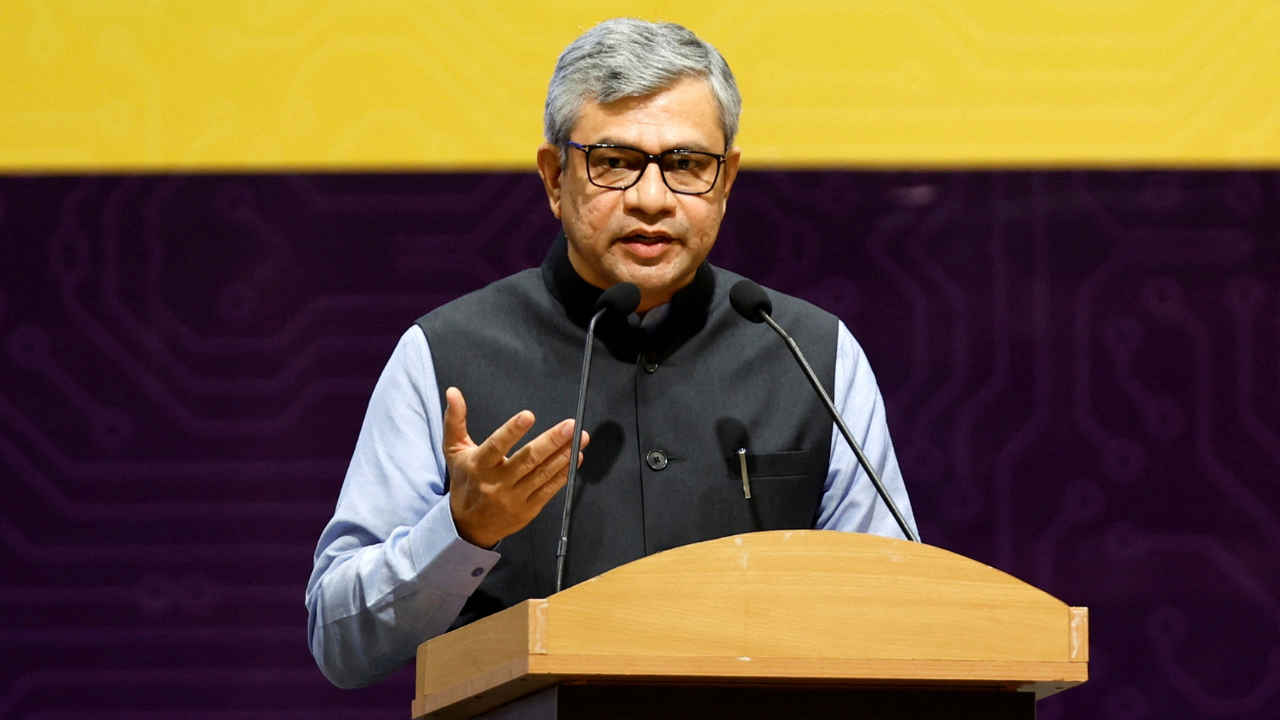
- Home
- Managed Services
- Cyber Security
- Blog
- About Us

We 365 Admin Support, just simplify your IT problems
Call for a free support. +91 96666 59505Platform Partnership
- Who We Help
- Shop
- Contact
- News






KEY TAKEAWAYS
Table of Contents
ToggleAs interest in artificial intelligence continues to soar, India is set to unveil its dedicated LLM as an initiative under the IndiaAI Mission. This announcement was made by IT Minister Ashwini Vaishnaw during the Utkarsh Odisha Conclave held recently. Notably, this development arrives shortly after DeepSeek unveiled its economical AI model, R1, which claimed to surpass the performance of OpenAI’s ChatGPT.
In preparation for this monumental undertaking, the Indian government has shortlisted ten companies to supply state-of-the-art microchips and a total of 18,693 graphics processing units (GPUs). These are expected to include cutting-edge models like NVIDIA H100, H200, and MI325. Among the firms selected are Yotta, supported by the Hiranandani Group, Jio Platforms, Tata Communications, E2E Networks, CMS Computers, Ctrls Datacenters, Locuz Enterprise Solutions, NxtGen Datacenter, Orient Technologies, and Vensysco Technologies, all of which will play a crucial role in providing the necessary GPU resources.
For context, DeepSeek AI utilizes 2,500 GPUs, while ChatGPT was trained on a massive 25,000 GPUs. In a striking contrast, India’s forthcoming LLM is set to be trained on an impressive 15,000 high-performance GPUs, thereby positioning itself advantageously in the competitive landscape of AI advancements.
For those interested in deeper insights, you can read more about how DeepSeek AI is excelling in app store rankings while limiting new user registrations due to malicious server-related issues.
Additionally, IT Minister Vaishnaw emphasized that for the past 18 months, various teams have been actively collaborating with startups, researchers, and academic professionals. He announced a call for proposals targeted at developing a tailored foundational model that accurately represents the unique context, languages, and cultures of India, all while aiming to eliminate biases associated with AI outputs.
The government is currently in discussions with more than six developers who will contribute to the creation of this foundational model, which is anticipated to require around eight months for development. As part of this initiative, the Center plans to establish a centralized compute facility, granting startups and researchers access to this computational power within a few days, thereby fostering further innovation in the AI domain.
In summary, India’s strategic steps towards developing its own LLM represent a significant leap into the future of artificial intelligence. By leveraging the combined expertise of multiple developers and sourcing advanced GPU technology, India aims not only to compete at a global level but also to create solutions that resonate with its own diverse population.
To stay updated on technologies and trends in AI, including related community insights, you may find it worthwhile to check out the article about the hilarious response of an Indian mother to her daughter’s tech accomplishment, as shared in a viral post by an OpenAI engineer.